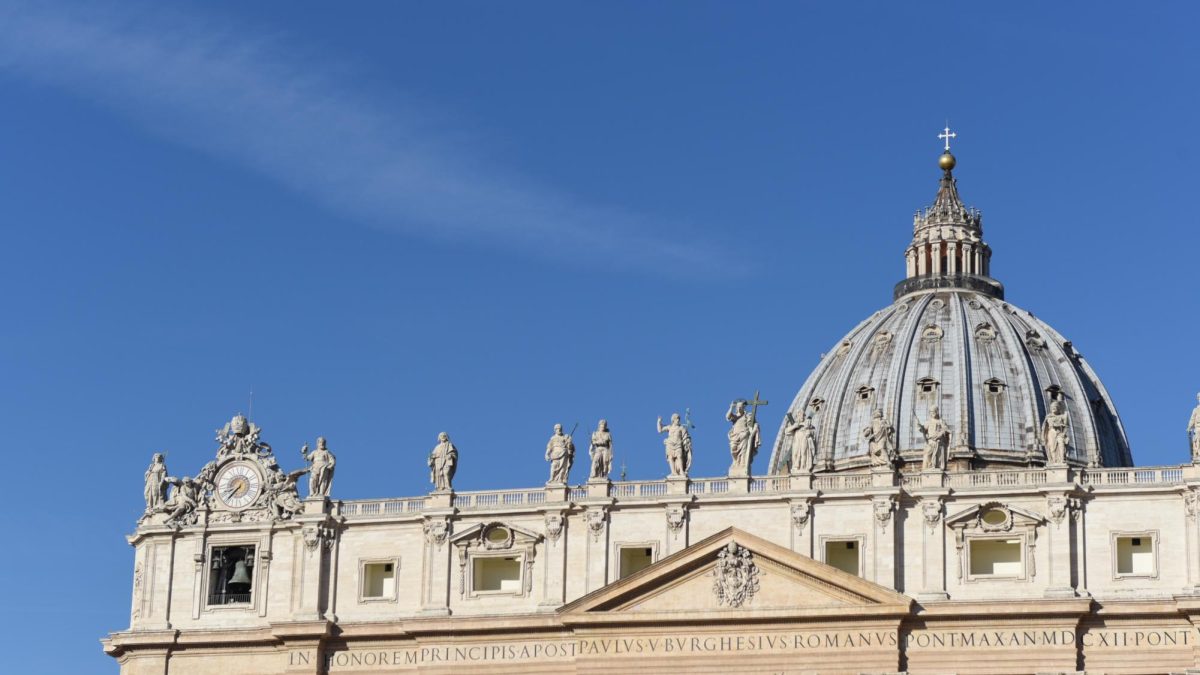Pope Francis was admitted into Rome’s Gemelli hospital in critical condition on Feb. 14 and was diagnosed with severe pneumonia in both lungs. Francis’s serious illness has brought attention to his service as pope and raises questions on what the procedure for a new pope might be.
Double pneumonia can be life threatening when it is untreated or when it is contracted by patients who have other risk factors. However, in some cases the symptoms of double pneumonia can be mild. Pope Francis has continued to receive high flows of oxygen to help his condition and has had some blood transplants, along with physiotherapy, since Feb. 22.
“Pope Francis has shown further slight improvement as he battles double pneumonia, but doctors said Wednesday his prognosis is still guarded,” Associated Press said in a statement.
Although his health has not been making much improvement, Pope Francis has remained in a stable condition and continues to lead the Catholic Church from the hospital. Francis is dedicated to his vital work despite his ailments and hospitalization; he receives treatments in the morning and then continues his work in the afternoon.
Though Catholics remain hopeful for the Pope’s recovery, he has cancelled a recent Holy Year audience and three Sunday noon blessings. It remains up in the air whether he will be well enough to appear at Ash Wednesday, an important Catholic holiday, on March 5 and then for Easter mass on April 20.
Even as the pope’s fate is unclear, the traditions following the death of a pope to create a smooth transition are certain. Upon a death, the head of the Vatican’s health department confirms the passing immediately. Following the announcement, the pope’s body is dressed in white and brought to a private chapel, for members of his family to mourn him.
The process for becoming a pope starts with an anonymous vote in the Sistine Chapel from anyone in the College of Cardinals under the age of 80. In the event of his passing, there must be a two-thirds majority vote to elect Francis’s successor. During the vote, isolation is imposed on the Cardinals, with no access to public media or outside influence. This traditional procedure ensures relative secrecy in the voting process.
When a pope is selected, smoke is released through the chimney of the chapel to signal the decision, which can be seen from St. Peter’s Square. As the Cardinals continue to vote, the smoke is black until a two thirds decision is made, after which the smoke will be white.
The esteemed Pope has received continued support and prayers in his condition, with pilgrims even coming to show their love and hope for him by standing outside of the hospital.
Despite significant uncertainty, worries, and sadness due to the Pope’s illness, the Catholic Church has a solidified and time-honored traditional plan for what to do if he passes on.




